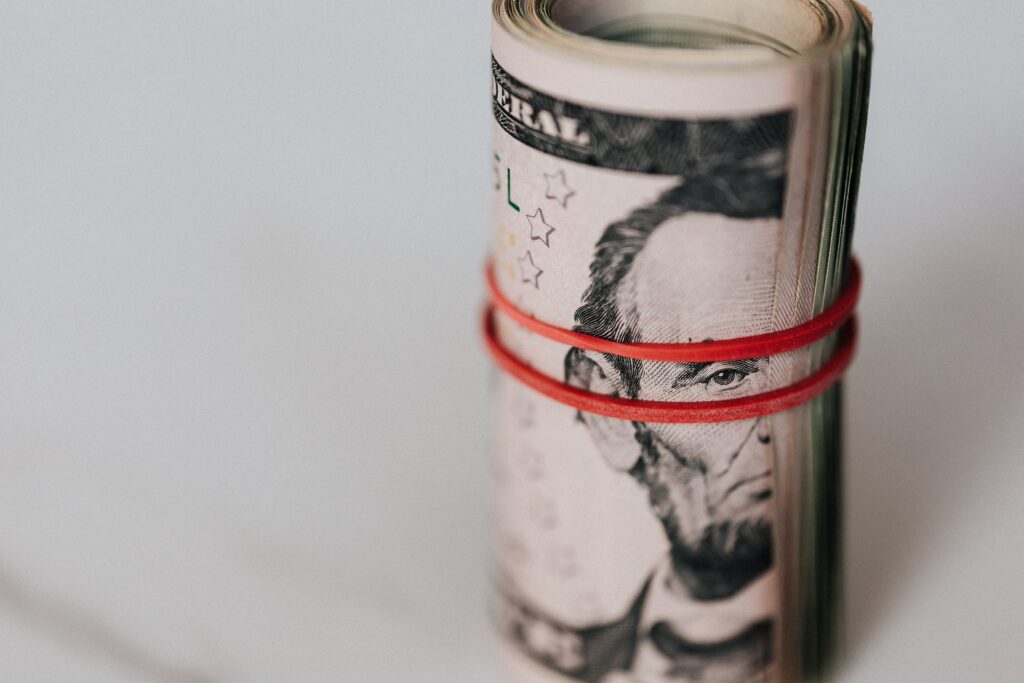
Cap rate is short for capitalization rate. It’s the percentage of return that an investor expects on paying a certain amount for a given property. It is used to get an apples-to-apples comparison of multiple properties. It’s usually used in the commercial (including multifamily) real estate space, but rarely used in single family investing. Read my previous post for more detail on the cap rate.
The idea behind knowing the cap rate is that you can use it to quickly determine the value of a property and compare that to the asking price. The investor makes the assumption that the same cap rate will apply to all properties of the same class in the same time and area. Consider three properties in Omaha. Property A is 32 units in eight 4-plexes in the suburbs. Property B is 32 units in a single building in midtown. Property C is a 72 unit single building in midtown.
Which one of these isn’t like the others? It’s the 4 plexes in the ‘burbs. Even though one is over twice the size of the others, it’s in the same area and of a similar type.The cap rate is going to be different on the 4 plexes, but similar for the other two. This is the first thing you need to understand with the cap rate: only use it on similar properties, generally in structure of the building and certainly in location.
Of course, these two apartment buildings aren’t the exact same, so there will have to be some room for your personal judgement. Which brings us to the second thing to understand: don’t rely too much on the cap rate.
Let’s say Property B was offered a month ago for 3.2 million dollars. You had seen from the agent’s listing that the NOI on it was $160,000. Using the calculation for the cap rate, you get a cap rate of 5.0%. You search around to other similar midtown listings and run the same calculation, putting it in a spreadsheet. You take the average of the cap rates and find 5.4%. The listing for property C says that its NOI is $420,000. Now you simply divide the NOI by the cap rate and arrive at a value of $7.7 million.
How Do You Find an Accurate Cap Rate
Go to the Listings
As with most things in real estate, you’ll have to take a little risk and make some assumptions. Consider that usually things sell for about 10% less than the asking price. Knock this off the asking prices and divide the listing’s NOI by this. Find a bunch of similar listings and do the calculations, then take the average and you have your cap rate. Plusses of this are that it is easy and quick, and you don’t have to ask anyone for help. Negative is that you really don’t know what the property sold for.
Go to the Agents
This one should only be done if you plan to use an agent. If not, don’t waste their time. Find an agent who is brokering in the real estate niche you are purchasing, in that city. Call and tell them your criteria and mention that you would like to know what the going cap rate is for this. They will usually be able to tell you a narrow range.
Go to the Property Managers
This one is if you don’t want to use an agent. Only do this one if you do plan to use a property manager. You’ll probably need one of the larger ones. The smaller shops generally don’t do a lot of their own investing and might not know. Talk to them about your criteria and that you are looking to purchase and need a manager. Ask about the cap rate.
Go to the Investors
Go to local meetups in the area and ask around. Other investors are usually happy to answer this question for you. Make sure they are investing in your area and you aren’t just getting a guess.
Once you have your cap rate, you can begin estimating the value of other properties. The cap rate is good for probably about 6 months, depending on volatility of the interest rates. You’ll need to keep checking what things are selling for and adjust your number. Remember that the cap rate is not the end of underwriting. Only use it to rule out properties (if the cap rate is too low), never to rule it in. It’s only the first step in a long process of underwriting a property.

